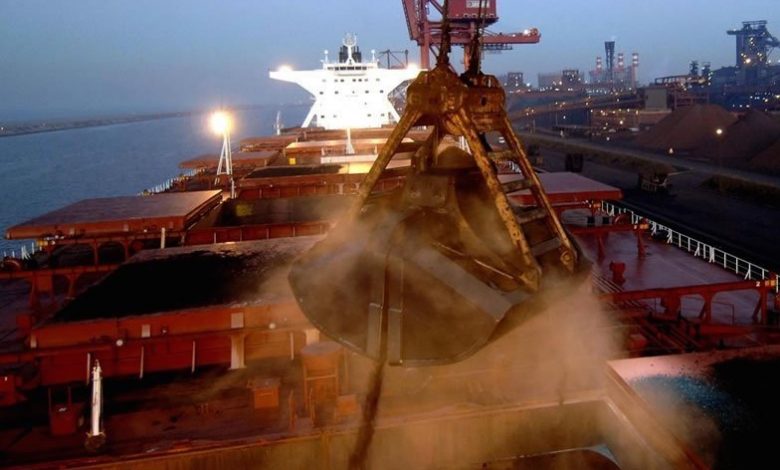Cape exit a smart play by Louis Dreyfus Armateur

The team at Maritime Strategies International (MSI) explain the rationale behind the French dry bulk owner’s decision to quit the capesize spot market.
Reports that Louis Dreyfus Armateur is to exit the capesize spot market are not surprising. What may be surprising is one of the reasons cited for this decision – “too volatile”, often a term used by commodity traders as justification to enter a trade rather than to exit.
The use of this term is revealing, though, when placed into context with the observation that the capesize sector is a market that “shipowners no longer control, it is controlled by mining groups”. Essentially, control is the principal problem: a highly volatile sector over which the investor has little control is not a place where Louis Dreyfus feel comfortable operating.
Beyond the emergence of miner-controlled freight fixing platforms, one of the most visible shifts of control of the capesize segment to the mining sector has been the large and growing number of VLOC vessels, linked to long-term CoAs with Brazilian iron ore miner Vale. There are now over 70 vessels on the dry bulk orderbook greater than 325,000 dwt which, if all deployed from Brazil to China, would be able to transport between 75m to 90m tonnes of cargo. MSI is forecasting Brazil to ship an incremental 70m tonnes of iron ore in total between now and 2020; even with allowance for older VLOC vessels and converted tonnage to be scrapped, demand for capesize ships not controlled by Vale will be displaced.
With both eyes firmly on the future, MSI is also a believer that due to structural market changes over the next five years, the global iron ore trade will peak in 2020 and subsequently fall, impacting the demand landscape for capesize ships operating in both basins. Market participants who buy into this view will need to rethink their strategy for operating in the capesize market before this happens.
There are three main tenets to MSI’s bearish outlook for iron ore trade post-2019.
First is an expectation that even accounting for increased steel exports on the back of the Belt and Road Initiative, Chinese steel production is reaching, or has reached, a peak – a view corroborated by other analysts including the Australian government in a recent presentation.
Second is that the substitution of domestic production by imports will reach a limit. MSI expects China will import around 85% of its iron ore from overseas this year, up from 80% in 2017, and will peak at around 95% in 2020.
Finally, the availability of scrap steel is expected to accelerate, substituting demand for iron ore. This is linked to the expected life span of steel products created during the post-2001 surge in domestic output. The fact that the government has implemented measures to support the conversion of BOF steel capacity into EAF underpins this view.
On this basis MSI is not surprised that some players, such as Louis Dreyfus Armateur, will choose to exit the capesize market.
The outlook though is not all bad for dry bulk. Like Louis Dreyfus, MSI is also optimistic about the prospects for smaller geared segments in the longer term, underpinned by pockets of positivity in minor bulks trades in regions best suited to geared vessels.
